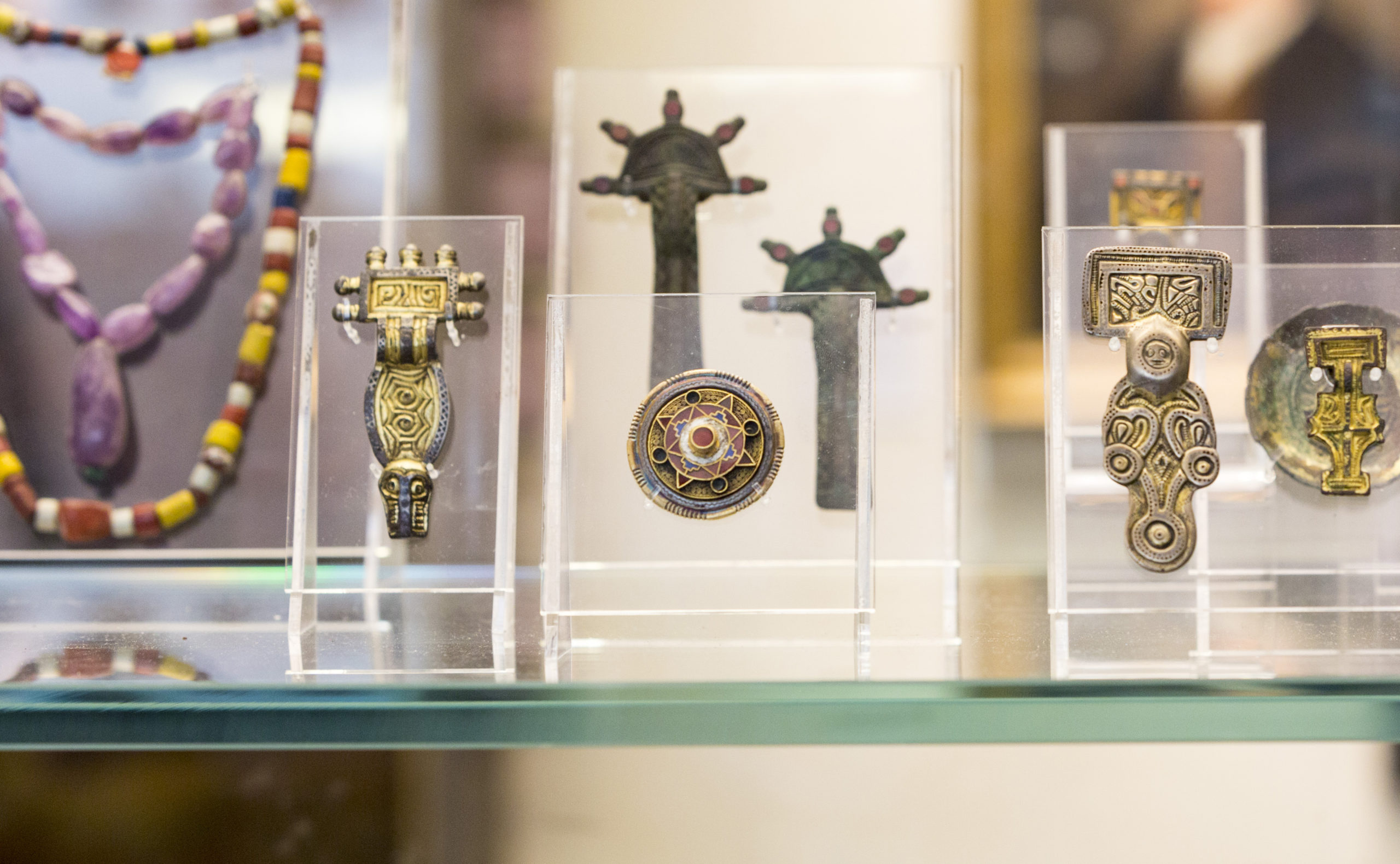
Anglo Saxon Kentish Silver Disc Brooch
Antiquarians, then archaeologists have been exploring Kent since the 18th Century. Their most...
Made from gold and reduced to miniature, the creature’s small size does nothing to diminish its marvel.
In Old English (or Anglo Saxon, from whence this object derives) you would call it a draca, or as we call it today, a dragon.
This dragon takes the form of a three dimensional pendant, decorated with granules and filigree, with a small suspension loop set at the back of the head. It is a minute 18.35mm wide and weighs a minuscule 1.19g.

In folktales, dragon’s blood often contains magical properties, keeping them alive for longer or giving them magical power, so perhaps this is why it was depicted as a pendant to wear on the body as a type of Anglo-Saxon ‘lucky charm’.
Identified by Dr Helen Geake of the British Museum and dated to the 9th Century AD, the find is similar to one found at Hambleton, Yorkshire. However, it has several unique features in the design of the animal head and the suspension loop, which is unprecedented in Anglo Saxon finds.
As such, this tiny dragon offers a fascinating and valuable insight into the development of Anglo Saxon design, particularly in Kent where at this time there was much mingling of cultures with Mercia, Wessex and Norse invaders all vying for control.
Did you know? As this object is made of more than 10% precious metal and is over 300 years old, it constitutes Treasure under the Treasure Act 1996.
Item acquired with the generous assistance of the Arts Council England/Victoria and Albert Museum Purchase Grant Fund and The Headley Trust. www.vam.ac.uk/purchasegrantfund

